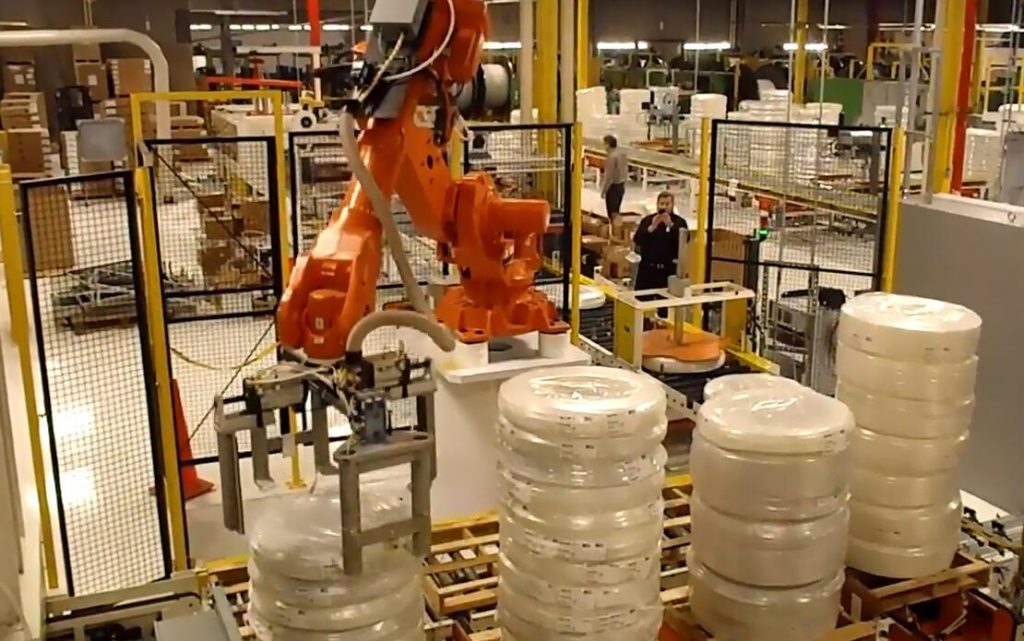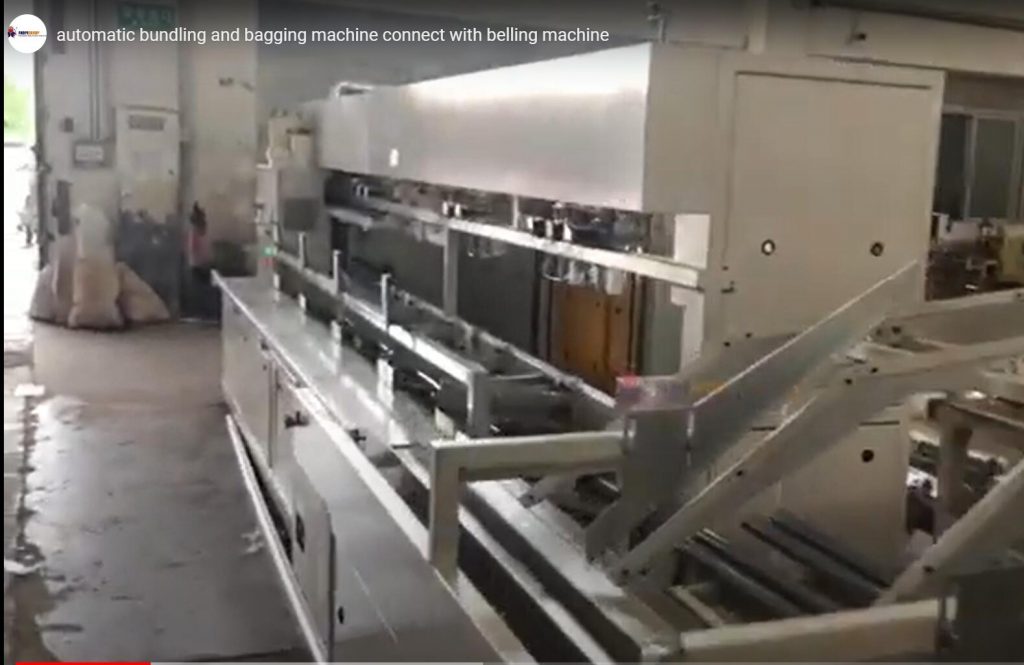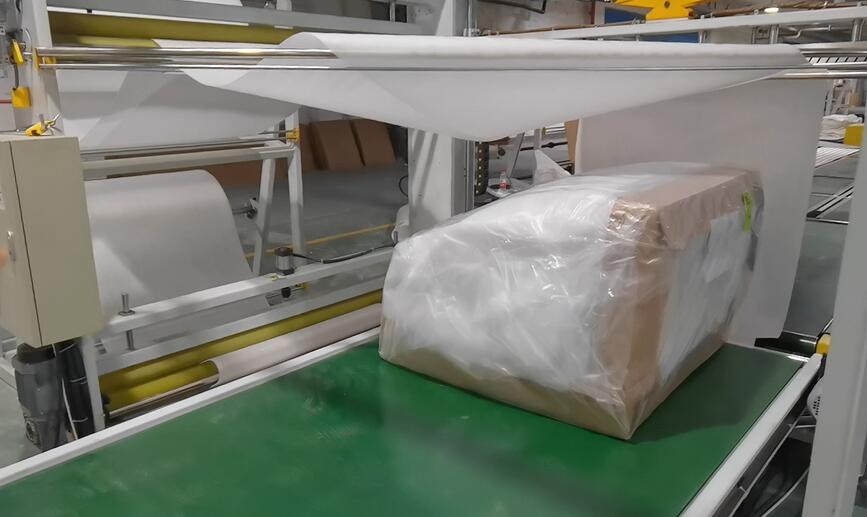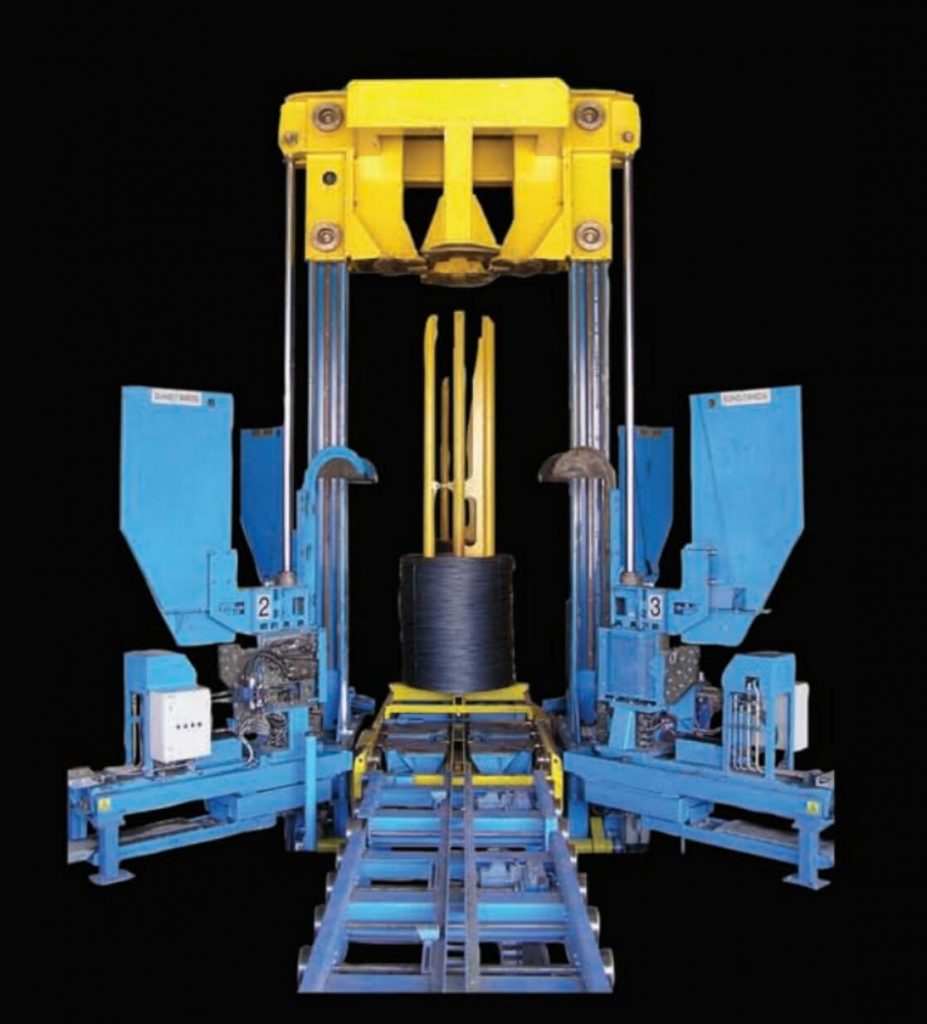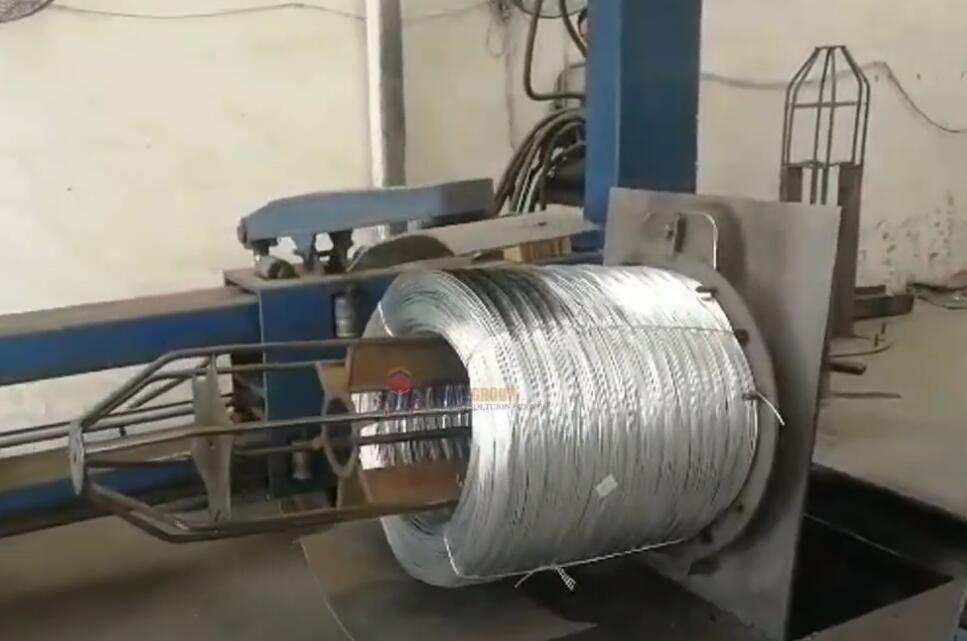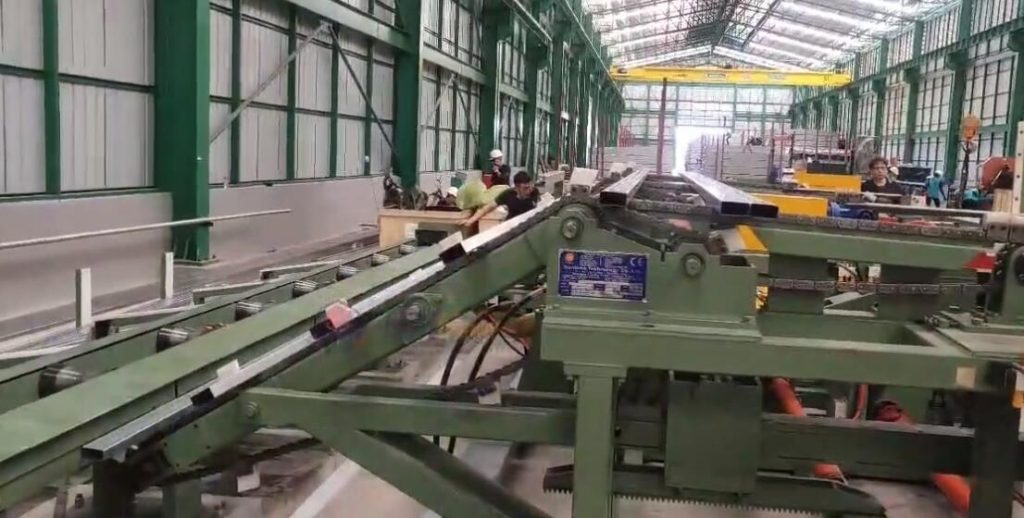Optimizing Electronics Packaging: The Role of Automated Bagging Machines in the 3C Sector
In today's fast-paced manufacturing and distribution landscape, particularly for high-volume sectors like Consumer Electronics, Communications, and Computer peripherals (collectively known as 3C), optimizing packaging processes is paramount. Automated bagging machines, often referred to as autobag machines, represent a critical technology for enhancing efficiency, ensuring product integrity, and reducing operational costs within these demanding environments.
What is an Autobag Machine?
An automated bagging machine is a sophisticated piece of industrial packaging equipment designed to streamline the process of placing products into pre-opened poly bags on a roll or individually, sealing them, and often integrating labeling or printing functions. Unlike manual or semi-automated processes, fully automated autobag systems minimize human intervention, leading to significant gains in throughput and consistency, as highlighted in various packaging industry analyses focusing on automation ROI.
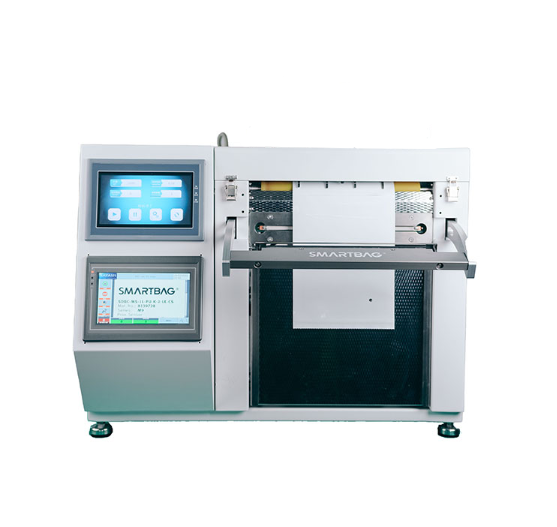
Core Technology and Operational Principles
The fundamental operation involves several key stages, leveraging technologies often refined through patented designs focused on speed and reliability:
- Product Infeed: Products are manually or automatically fed (via conveyors, counters, or robotic arms) into the machine's loading area.
- Bag Presentation: The machine indexes and presents the next available pre-opened bag from a continuous roll. Advanced systems may use sensors to ensure proper bag positioning and opening.
- Loading: The product is inserted into the opened bag. This can be gravity-assisted or facilitated by pusher mechanisms, depending on the product and machine configuration.
- Sealing: Once the product is loaded, the bag is advanced to a sealing station. Common methods include impulse sealing or constant heat sealing, creating a secure closure. Technologies documented in patent literature often focus on improving seal integrity and speed.
- Finishing & Discharge: Sealed bags may pass through an integrated printer (e.g., thermal transfer) for date codes, lot numbers, or barcodes. The finished package is then discharged onto a takeaway conveyor or into a collection bin.
Modern autobag machines typically feature Programmable Logic Controllers (PLCs) and Human-Machine Interfaces (HMIs) for precise control, diagnostics, and easy job setup, reflecting trends discussed in industrial automation publications.
Specific Applications in 3C Electronics Packaging
The 3C sector presents unique packaging challenges due to product sensitivity, kitting requirements, and high volume. Autobag machines are particularly well-suited for:
- Small Component Bagging: Packaging items like cables, adapters, chargers, and small peripherals.
- Accessory Kits: Efficiently bagging multiple components (e.g., device, manual, cable, warranty card) together.
- Circuit Boards & Sensitive Parts: Utilizing anti-static (ESD) bags when necessary to protect sensitive electronic components during handling and shipping.
- Manuals and Documentation: Securely packaging instruction booklets or warranty information with the main product.
Key Benefits for Industrial Operations
Implementing automated bagging systems offers tangible advantages, frequently cited in operational efficiency studies:
- Increased Throughput: Capable of bagging significantly faster than manual methods, often reaching speeds from 20 to over 100 bags per minute depending on the application and machine model.
- Reduced Labor Costs: Frees up manual labor for higher-value tasks, addressing labor shortages often highlighted in Industrial Distribution reports.
- Improved Accuracy & Consistency: Minimizes errors associated with manual counting and packaging, ensuring each package meets specifications.
- Enhanced Product Protection: Provides consistent, secure seals protecting products from dust, moisture, and contaminants. Specific bag materials (e.g., ESD-safe) can offer further protection.
- Space Optimization: Automated systems often have a smaller footprint compared to the space required for multiple manual packing stations.
- Integration Capabilities: Many machines can integrate with upstream (e.g., weigh scales, counters, robotics) and downstream equipment (e.g., case packers, palletizers), as well as warehouse management systems (WMS) for data tracking.
Types and Configuration Considerations
Autobag machines vary widely:
- Benchtop Models: Suitable for lower volume applications or cellular manufacturing environments.
- Floor Models: Designed for higher speeds and larger products/bags, often integrating more sophisticated feeding and printing options.
- Specialized Systems: Configured for specific needs like long-bag requirements, vertical filling, or integration with advanced robotics.
Key parameters to consider when selecting a machine include:
- Bagging Speed (Bags per Minute)
- Bag Size Range (Width, Length, Thickness)
- Maximum Product Dimensions & Weight
- Sealing Mechanism (e.g., Impulse, Constant Heat)
- Required Air Pressure (PSI/Bar)
- Power Requirements (Voltage, Phase)
- Footprint and Layout Compatibility
- Integration Needs (Printers, Feeders, Data Systems)
Industry Trends and Future Directions
The evolution of autobag technology mirrors broader trends in industrial automation and packaging:
- Sustainability: Increased demand for machines compatible with recycled-content or thinner gauge poly films.
- Smart Factory Integration (Industry 4.0): Enhanced data logging, remote monitoring, and predictive maintenance features.
- Robotics Integration: Growing use of collaborative robots (cobots) for automated product feeding and handling.
- Ease of Use: Improved HMIs and faster changeover processes driven by skilled labor challenges.
Automated bagging machines are a vital tool for businesses packaging large volumes of electronic 3C products. By significantly reducing manual effort, improving speed and accuracy, and offering consistent product protection, they contribute directly to a more efficient and cost-effective supply chain. As documented in numerous industry publications and patent advancements, the technology continues to evolve, offering ever-greater integration and performance capabilities.

